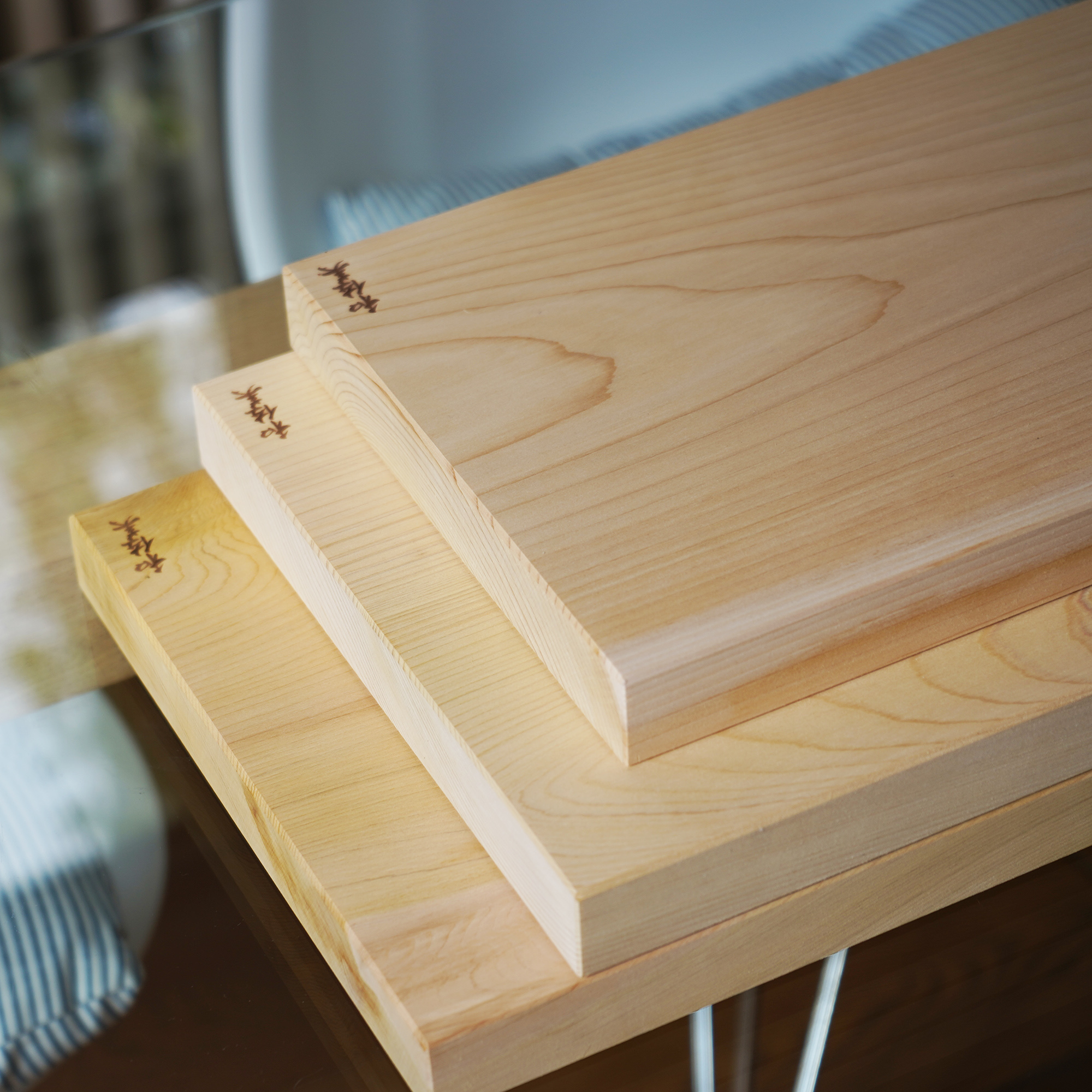This blog is the fourth one in our series of Secrets of Japanese Business Etiquette (How not to Faux Pas). In particular, it will clear any confusion relating to business meetings in Japan.
There has been much written about Japanese business etiquette, but sadly much of it seems written by people who have not been to Japan for many years. Also, most guides do not take into consideration that Japan is a clash of traditions and modernity. This is why we have come up with our Business etiquette series which covers:
Business meetings
In Japan, face to face business meetings are the life-blood of business relationships. Japanese society is often concerned with relative status in social relationships. Obviously, higher-ranking employees are considered higher status, but so are guests, those with more experience and those who are simply older.
The diagram below shows the proper place for each one to sit, with the entrance at the bottom left and the leader of the meeting or gicho (議長) in the centre. As you can see there are different rules for different room layouts as well as for trains and taxis, but generally, the person with the highest status (No. 1) is next to the meeting leader.

Seating Arrangements By Rank (Photo credit: karakuchi-info.net)
Things to consider when attending a meeting:
Timings
- Plan an exact agenda for the meeting. Japanese business people tend to have tight schedules, so when the Japanese side says the meeting must finish at 4 pm they probably mean it.
- Always use a Japanese interpreter. This shows consideration to the Japanese side and ensures they will understand the meeting.
- Always telephone 1 to 2 hours before a meeting to confirm attendance. If you have a Japanese agent, he will make sure to do that.
- Always call at least 45 minutes before a meeting if unavoidably late. Again, Japanese businesspeople tend to have tight schedules and might need to reschedule. If you arrange things via your Japanese agent, he will make sure of keeping the agenda.
- Always arrive 10 minutes early for a meeting. Or 20 minutes early if senior executives will attend.
Presentations
- Never use an English-language presentation. You should always use presentations translated into Japanese or have a Japanese translator present with you.
- Use detailed slides. From a Japanese perspective, if a point is on a slide it’s important, if it’s not on a slide it probably isn’t.
- Take printed copies of presentations to the meeting. Hand these out to the Japanese side.
Legal documents
- If a foreign company needs a non-disclosure agreement signed, send it to the Japanese side well before the meeting. Many Japanese companies do business without written contracts and are wary of foreign company contracts because of horror-stories they hear about litigation. If a foreign company executive suddenly produces a non-disclosure agreement at a first meeting, the Japanese side will probably refuse to sign it without a legal review and very likely avoid meeting again.
During the meeting
- Don’t rush to the nearest available seat in the meeting room. There is a Japanese custom about which party sits on which physical side of the table (it depends where the door is and supposedly dates back to the samurai era).
- Take lots of notes. This shows interest in the Japanese side’s views and creates an audit trail. Japanese companies train employees during induction to note down everything at meetings, If a foreign company executive ‘forgets’ a discount he or she promised in an early meeting, the chances are that even a year later, the Japanese side will have the notes they made at the time to prove it.
































